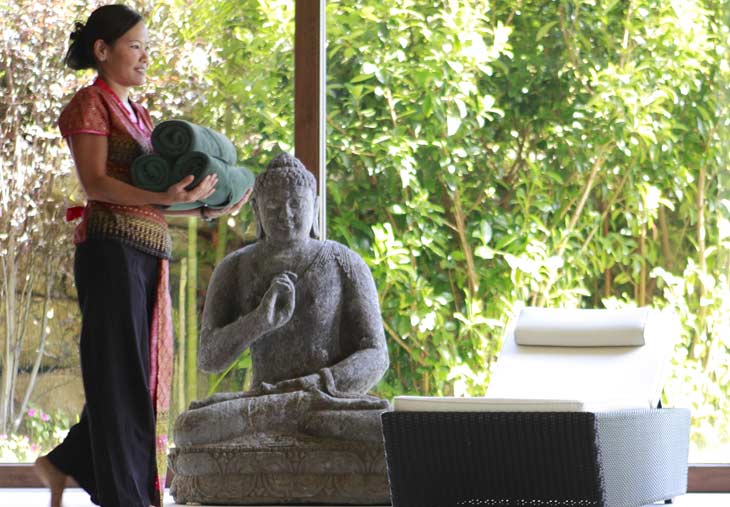SUMI-E: JAPANESE PAINTING
The Asian continent has always made significant cultural and artistic contributions closely linked to its history and beliefs. At the Asia Gardens Hotel & Thai Spa you shall be able to enjoy this passion for details of design, in the Móet Chandon & Shushi Bar.
Although the original inspiration of Asian painting comes from China, Japanese painting has become more popular and developed.
Sumi-e or Sumie is an ink wash monochromatic drawing technique broadly used by Japanese people. It was introduced in Japan in the middle of the 14th Century by Zen Buddhist monks.
The peculiarity of this type of art or drawing is that its roots come from Chinese calligraphy, its brush strokes are similar to those used in painting.
The most important thing about Sumie is that not only represents the beauty of the paintings, but it is also a philosophy.
The ink used for this Japanese technique is mainly made of soot and animal glue. Mix the inkstone with water and then grind the instick until smooth.
As we have mentioned before, this is a style of monochromatic painting, depending on how much water it is mixed with, the shade of black varies.
It is said that the best quality ink is the one made of pine soot and young deer horn, although it is also the most expensive and difficult one to obtain.
There is a wide range of Japanese ink types, for this reason, each calligrapher must choose the ink that best suits their writing style to obtain the best result.
In this type of drawings, the most important thing, in addition to the ink, is to what degree the brush has been mixed with water and the use of the brush, as achieving smooth and continuous strokes requires a lot of practice
Sumie is a Zen drawing technique, artistic and beautiful as well as relaxing for those who do it.
If you wish to feel the relaxation that only Asia transmits with its culture, come to the Asia Gardens Hotel & Thai Spa, a luxury resort where we focus our five senses on meeting your needs.



